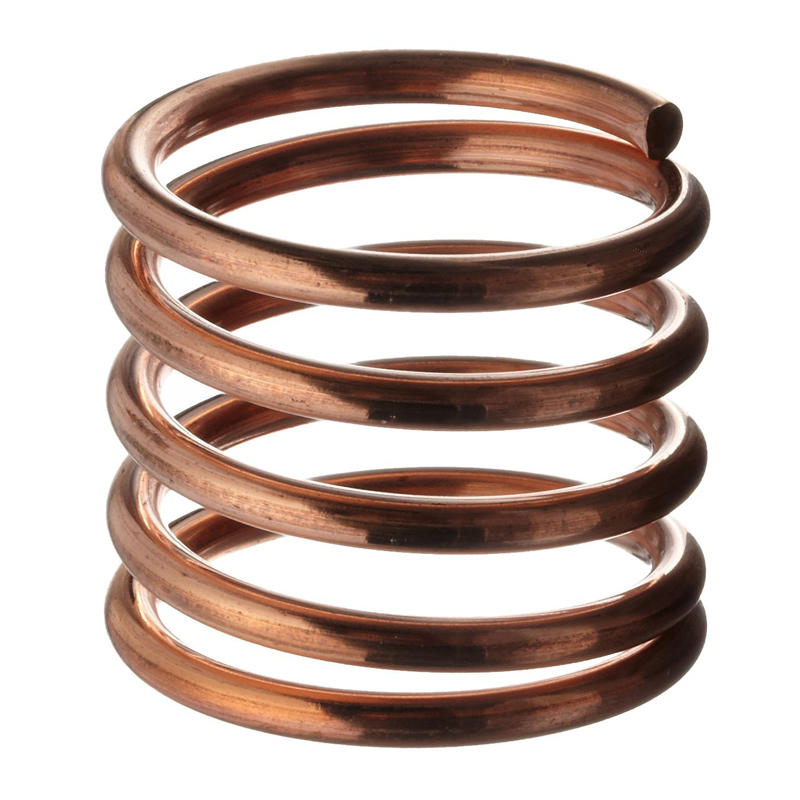
- Mobile Phone
- +8613931874955
- sales@cntcmetal.com
Design and Applications of Straight Torsion Springs in Mechanical Engineering Systems
Understanding Straight Torsion Springs Design, Function, and Applications
Torsion springs are a type of mechanical spring that works by twisting or rotating around an axis. Among the numerous variations of torsion springs, straight torsion springs are particularly notable for their simplicity and effectiveness in various applications. This article explores the design, function, and diverse applications of straight torsion springs, shedding light on their significance in engineering and machinery.
Design of Straight Torsion Springs
Straight torsion springs are characterized by their uniform cylindrical shape and the use of a helical coil. Made from high-quality steel, these springs are designed to store mechanical energy when twisted. The design usually consists of a tightly wound coil with two ends that can be attached to various components. The ends can be straight or bent to ensure optimal attachment, facilitating the transfer of torque.
The manufacturing process of straight torsion springs involves precision winding, which is essential for achieving the desired balance between strength and flexibility. The amount of torque a straight torsion spring can exert depends on factors such as the material used, wire diameter, coil diameter, and the number of turns in the coil. Engineers often conduct simulations and calculations to determine the appropriate specifications to meet the performance requirements of their specific applications.
Functionality of Straight Torsion Springs
The primary function of a straight torsion spring is to exert a rotational force or torque in response to twisting. When the spring is twisted, it stores potential energy due to its elastic properties. Once released, this energy is converted into kinetic energy, causing the spring to return to its original position. The ability to store and release energy makes torsion springs an essential component in various mechanical devices.
This functionality is essential in applications where control over rotation is necessary. For example, in mechanisms such as door hinges, straight torsion springs provide the required resistance and support for heavy doors, allowing them to remain open at various angles. Additionally, they can be used in applications requiring a specific resting position, offering stability and reliability in mechanical operations.
Applications of Straight Torsion Springs
straight torsion spring

Straight torsion springs find their application in a wide array of industries, including automotive, aerospace, electronics, and consumer products. Let’s explore some common uses
1. Automotive Industry In vehicles, straight torsion springs are utilized in door mechanisms, trunk latches, and seat reclining mechanisms. Their ability to maintain force and provide smooth operation ensures ease of use and enhanced safety features in cars.
2. Aerospace Sector Torsion springs play a vital role in aerospace applications where weight and reliability are critical. They are used in various control surfaces and mechanisms, contributing to the operational efficiency of aircraft.
3. Consumer Products Many household items, such as clothespins, remote controls, and toys, rely on straight torsion springs for their functionality. For instance, in a clothespin, the torsion spring allows the two arms to flex close and hold clothes securely.
4. Industrial Machinery In machinery, straight torsion springs are often employed in clutches, gear systems, and tensioning devices, providing necessary force to generate movement and efficiency in operations.
5. Medical Devices In the medical field, straight torsion springs may be found in devices such as surgical instruments and diagnostic tools, where precision and reliability are paramount.
Conclusion
Straight torsion springs are integral components in modern engineering, providing essential benefits in terms of energy storage and mechanical efficiency. Their simple yet effective design allows for a wide range of uses across various industries. As technology continues to advance, the applications of torsion springs are likely to expand, further highlighting their crucial role in innovation and functionality in both everyday products and complex machinery. Understanding the design and functionality of straight torsion springs is key for engineers and manufacturers aiming to create efficient and reliable systems.
share:
-
Yard Sign Stakes: Reliable Guardians of Outdoor SignsNewsAug.04,2025
-
Wall Ties: Invisible Guardians of Building StabilityNewsAug.04,2025
-
Resilient Web: The Super Guardian Power of Concrete MeshNewsAug.04,2025
-
Masonry Accessories: A versatile assistant on building foundationsNewsAug.04,2025
-
Iron Binding Wire: the 'invisible reinforcement specialist' in the fields of architecture and industryNewsAug.04,2025
-
Dynamic Spring: The diverse functions and excellent performance of Wire Tension SpringNewsAug.04,2025
-
Your Source for Concrete Wall Ties and Masonry AccessoriesNewsJul.10,2025



















